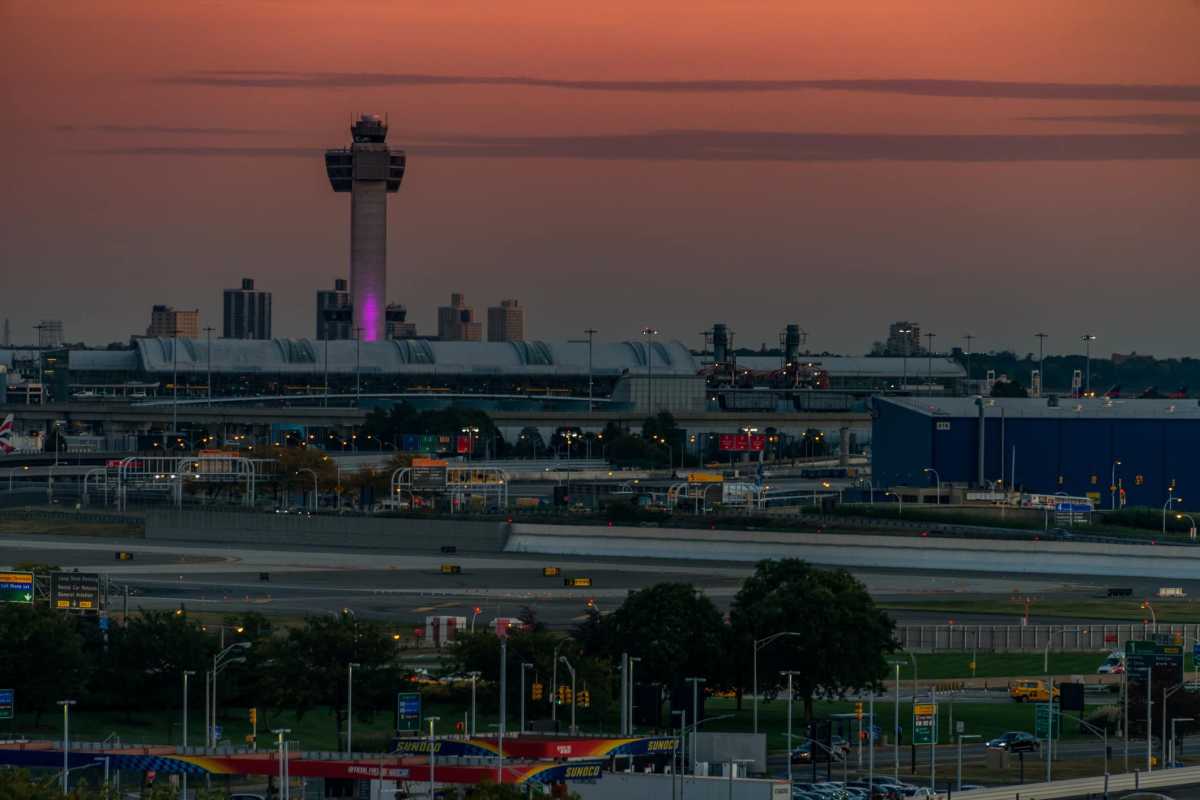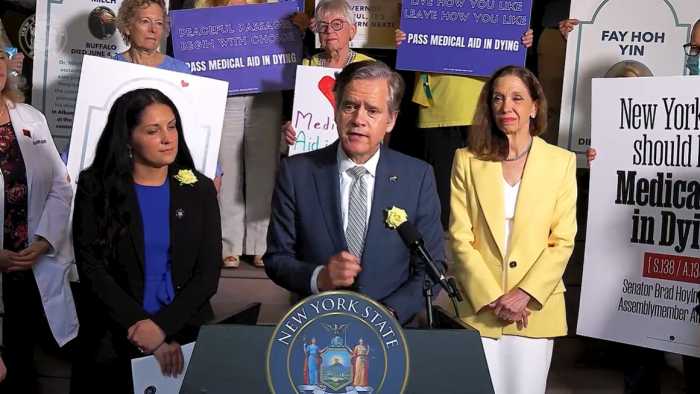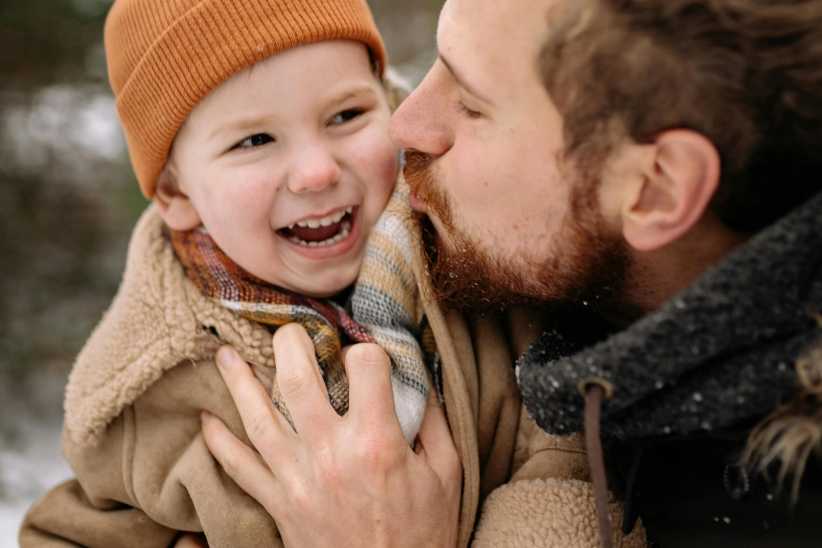When Angelina (not her real name) was 17, a man referred to as her “boyfriend” brought her from Honduras to the United States and forced her to work as a prostitute. The teenager endured beatings and abuse for nearly a year before she called the police. Through investigation, authorities discovered Angelina was a victim of sex trafficking.
Senator Jose Peralta, along with civil rights group Restore NYC, assembled a flyer-based campaign to increase awareness about human trafficking and attack the persistent problem in Queens’ immigrant neighborhoods.
Posters in the windows of hundreds of businesses throughout Jackson Heights, Elmhurst and Corona depict a woman’s shadowed profile and harrowing lament in English and Spanish. “He promised me a place to stay. Then he forced me to work as a prostitute,” they read.
Roosevelt Avenue is a center of activity, said Peralta. The cleansing of Times Square at the end of the 20th century sent pimps and pushers to new quarters, setting up camp in hidden corners of the outer boroughs. According to Peralta, the dimly-lit stretch under the No. 7 train bred lowlifes who reveled in the area’s veiled corridors and easy access to Manhattan. The neighborhood echoed Las Vegas as men, stationed every four blocks, distributed business cards, emblazoned with images of nude women.
“Chica, chica,” they would say, advertising the young girls, as they slipped the cards into the palms of passers-by.
Adolescent boys scooped up the sinful swatches, trading them like baseball cards. Enraged parents, discovering piles of porn in their children’s bedrooms, informed Peralta of the card-dispensing creeps. Peralta informed the governor, who signed a law banning the cards in November 2011.
Now, instead of naked women, men give out cards with pictures of fruit on them, indicating they deliver between 9 p.m. and 4 a.m. and provide the best “fruit.”
Jimmy Lee, executive director of Restore NYC, estimated 15,000 people are trafficked in the United States every year, several thousand of whom end up in the New York City area. While individuals are smuggled into the country for forced prostitution and labor, Restore NYC focuses on assisting victims of sex trafficking. According to Lee, the average age of a woman his organization assists is 23.
Most victims of sex trafficking in western Queens come from Mexico, Ecuador and the Dominican Republic. Some are from just a few states away, coming to New York with aspirations for life in the big city.
“The American Dream, the good life, the fast buck, the short cut — that’s the hook,” said Peralta.
Predators target women from their home countries, exploiting their shared cultural mindset and familiar background. If a woman expresses interest in fleeing, their captors threaten to kill them or their families.
Peralta hopes the posters spread a message of hope, letting victims know help is available and informing those who previously turned a blind eye to the plight of thousands.
































